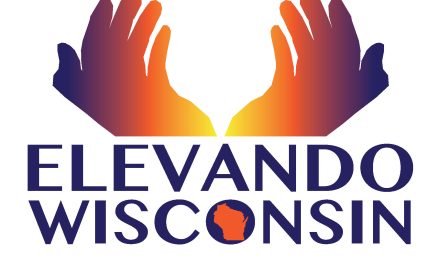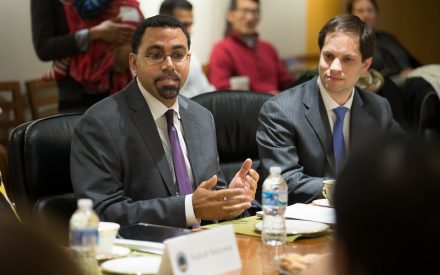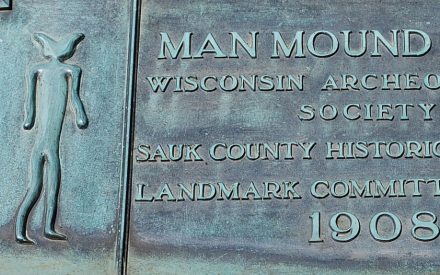What is demographic data?
Demographic data is information on the size, growth or distribution of the population. Perhaps surprisingly, demographic data can tell you more about your community than its size and whether it is growing or declining. Demographics also let us tap into detailed information on the social, economic and housing characteristics of communities such as:
- Basic features – age, gender, race/ethnicity
- Social features – households/families, education, veteran status
- Economic features – income, poverty, employment, commuting
- Housing features – owner/renter status, type, value

This list just scratches the surface in terms of the rich, socioeconomic information that is available. Data from Census Bureau sources like the 2020 Census or the American Community Survey allow us to look at the characteristics of small areas like counties, towns, villages and cities, school districts or even neighborhoods. That means we can get the right information at the right scale for doing community work.
Why is demographic information useful?
Demographic data can help provide a basis for understanding communities as they are now, where they’ve been and where they’re headed. It can be a powerful tool for tracking change over time and for uncovering the needs or strengths of a community to guide planning, policy development or decision making. For example, in some Wisconsin communities, data on race, ethnicity and language is being used to help understand the growth of diverse populations and guide the need for translation or interpretation for non-English speakers.
Other communities are using data on local employment and commuting to inform strategies on small business development and job training.
 Demographic data can also help shed light on particular characteristics or unique qualities that might help “make the case” for community programs, outreach, marketing and certainly for grant writing. Most grant applications call for information about the community, population or audience which might benefit from the activity or work being funded by the grant.
Demographic data can also help shed light on particular characteristics or unique qualities that might help “make the case” for community programs, outreach, marketing and certainly for grant writing. Most grant applications call for information about the community, population or audience which might benefit from the activity or work being funded by the grant.
Demographic data can also give us a glimpse at the “before and after” so that we can understand whether a strategy or policy actually made a difference.
The availability of data for areas of any size means that demographic data can be applied to nations or neighborhoods. And it can provide a valuable framework for community input and participation. In community visioning and planning sessions, Extension educators have seen how community residents become enthusiastically engaged when data describes the place they live, and they are usually much more willing to participate and to contribute local knowledge.
Telling the story of your community
When local knowledge is engaged to analyze, interpret or enhance demographic information, we can really start to tell the story of our communities. Demographic data can provide a rich portrait of your community – what it looks like, how it compares to others, how it has changed over time. Our lived experience, observations, connections and history makes each of us a local expert about our communities. That expertise can translate a pile of numbers into useful information by providing context, explaining and linking the data to what is happening in communities.
For example, a community resident may be able to shed light on a significant change in a community’s income or employment patterns by knowing that a new factory opened in the last several years. Or local service providers may see data that shows an increase in Latino population and understand that it is because many are coming to work at nearby dairies. In both examples, there are linkages which enrich our understanding of what the data tells us that may help us make decisions, plan or even seek out more information to complete the story.
Local knowledge can take many forms and can come from a variety of sources. Here are some suggestions for how to activate and incorporate local knowledge:
- Tap into working knowledge of a community or a population to reveal
- Important social or economic events (like a factory closing)
- Anecdotal information (like a new housing development seems to be attracting retirees)
- Talk to service providers (including schools) to get real-time information on the populations being served
- Conduct a local survey
- Present demographic information at listening sessions to get feedback and observations from community residents
- Ask local leaders and experts
Where can you find demographic data?
Over the last decade or so, there has been an enormous increase in the availability of data of all kinds. Anyone can access data easily from websites, apps, infographics and other media sources. The wealth of demographic and socioeconomic data has positively changed how community leaders, planners and local governments can make use of information about the people and places in Wisconsin.
The blending of demographic data and local knowledge leads to powerful information and analysis that can be used for community and economic development, resource allocation, service and infrastructure provision and preparing for (or responding to) community change. It has become an important part of the toolkit for community leaders and organizations.
Many federal, state, and local government entities serve up demographic data via the internet. Websites such as the United States Census Bureau or the Applied Population Laboratory’s own GetFacts site make it convenient and easy to get a wide range of demographic information on Wisconsin communities.
For more information on how to access or make use of demographic data, contact UW-Madison Extension Demographic Specialist Dan Veroff at 608-265-9545 or dlveroff@wisc.edu. Or visit the Applied Population Laboratory website.
For assistance applying demographic information to your own community project, contact your local Extension educator.


 Elevando Wisconsin Informe de la Generación - Primavera 2024
Elevando Wisconsin Informe de la Generación - Primavera 2024 Civil Leadership for Vibrant Communities: Building Bridges through Deliberative Dialogue
Civil Leadership for Vibrant Communities: Building Bridges through Deliberative Dialogue Engagement for Community Change
Engagement for Community Change Culturally Responsive Strategic Planning
Culturally Responsive Strategic Planning


